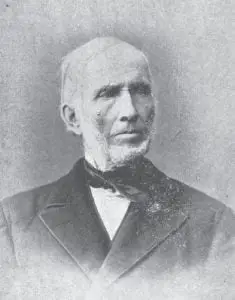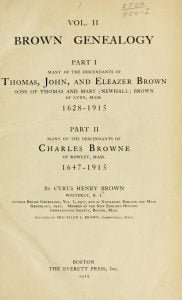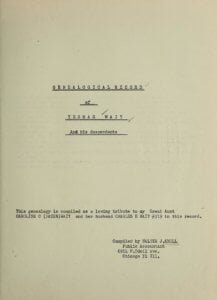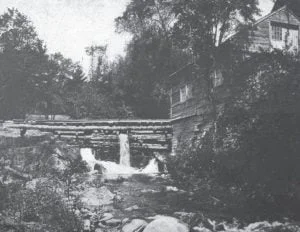Biography of General William E. Lewis
Gen. William E. Lewis, son of Dr. Enos Lewis was born here May 25, 1815. He married, March 26, 1846, Ruby W., daughter of Hezekiah Hazen, to whom were born six children, two of whom died in early life; the remaining ones, two sons and two daughters, are established in homes of their own. General Lewis was in public office as early as 1838, and thereafter was continuously in town office until the time of his decease, January 5, 1892, during that period serving in nearly every elective office within the gift of his people. He was town clerk for … Read more







